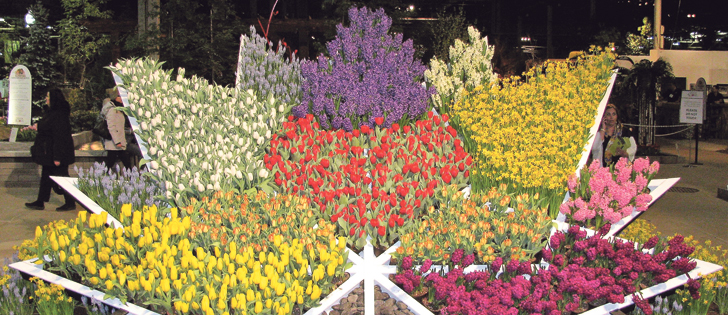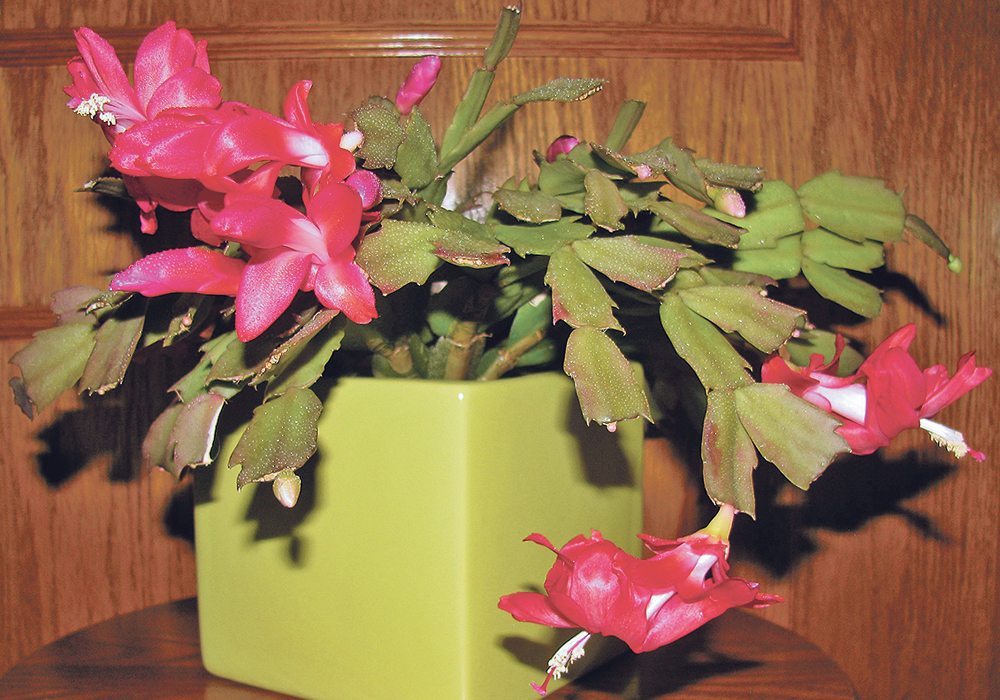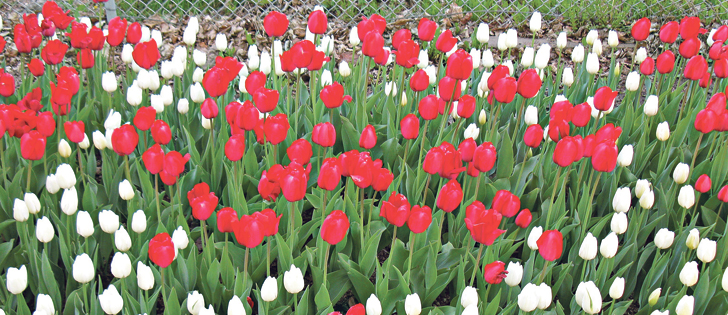Canada Day arrives midway into our sesquicentennial year. During the first half of this year we admired four million of the unique red and white Canada 150 tulips, bred by Dutch growers to resemble the Canada flag as well as other red and white tulips often planted in formations resembling the Canadian flag.
Home gardeners then scoured local greenhouses for red and white annuals such as petunias, fibrous begonias and geraniums.
For the second half of this special year, I would suggest that we switch directions to celebrate our diversity.
Read Also

Rural Manitoba resources slim on natural disaster planning
A study from Brandon University’s Rural Development Institute has found that many rural and small municipalities don’t have the staff or resources to make formal climate plans against natural disaster.
Let’s acknowledge differences like the single pink begonia in a carefully orchestrated planting of reds and whites.
When you visit a community garden this summer, look beyond the traditional carrots, peas and for the Asian greens, okra, heirloom beans or unfamiliar herbs and spices.
My granddaughters planted Saskatchewan watermelons indoors in the early spring and they are watching them grow in their garden patch.
Also look for new ways to use old, familiar plants. Plan to preserve your summer’s bounty by canning, freezing and drying or making flavoured vinegars.
Wine making is another popular option. Sauerkraut is also enjoying a revival as one of our healthiest probiotic fermented foods. It is not difficult to have a crock or even a mason jar of your own sauerkraut in the kitchen.
Investigate the edible flowers used at trendy restaurants to add colour, flavour and whimsy. They include nasturtiums, pansies, bachelor’s buttons, bee balm, borage, fuchsia, gladiolus, hollyhock, lavender, lilac, rose, violets, squash, pumpkin and daylilies.
However, it is important that you double check the edibility of each variety and restrict your use to homegrown flowers that have not been contaminated by pesticides. Canada’s First Nations can share a wealth of information about edible native plants. Additionally, lawns, flower beds and forests are rich with mushrooms but harvest only food safe varieties.
There are more than 20 edible mushrooms on the Prairies from black morel, fairy ring mushroom and shaggy mane to meadow mushroom and oyster mushroom.
As we celebrate Canada’s 150th birthday, remember to treasure our diversity and the multitude of horticultural offerings.















